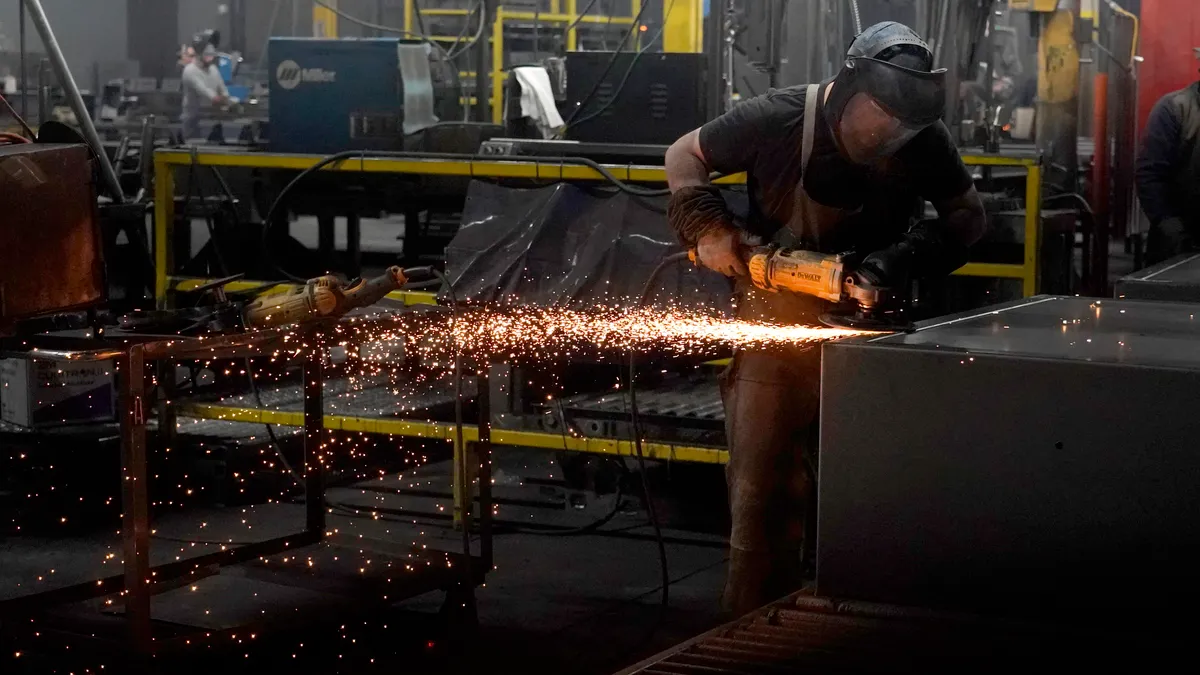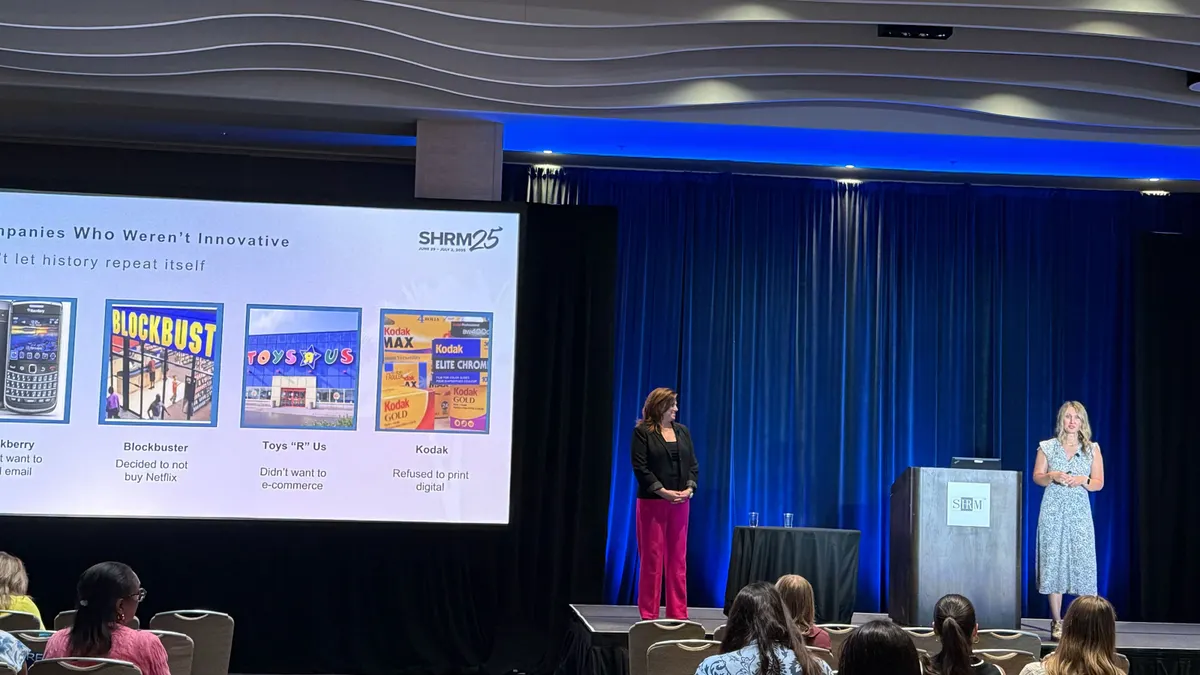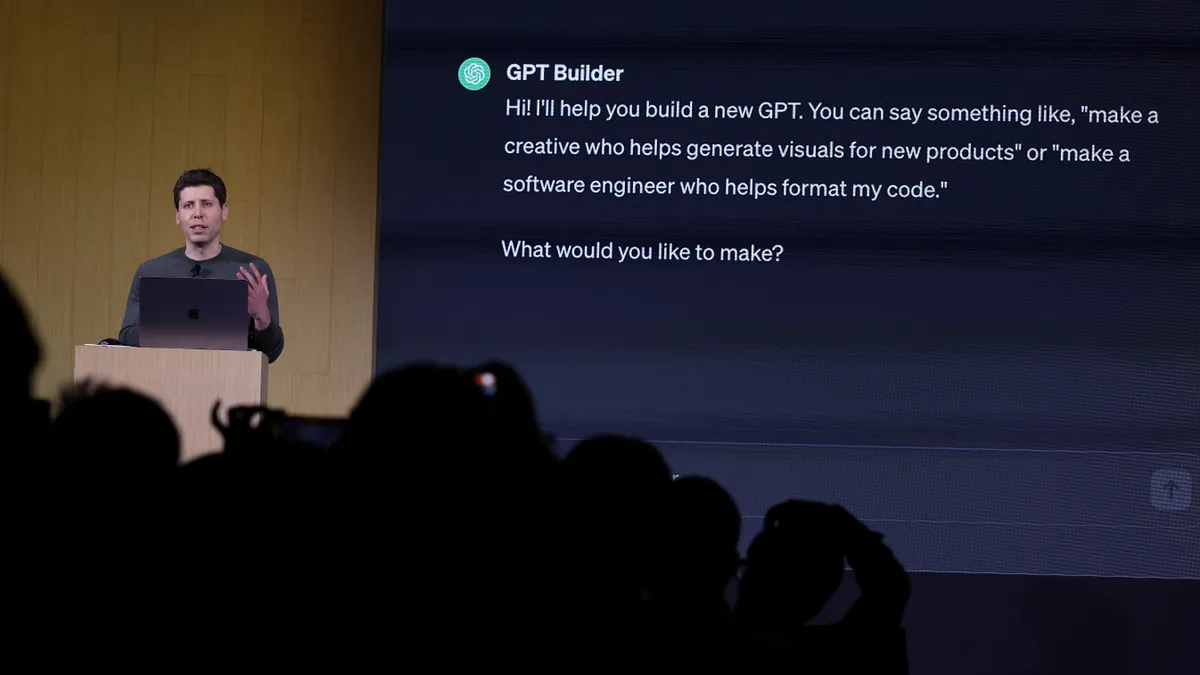Gamification is catching on in the learning marketplace, and for good reason.
The concept helps embed learning more deeply and quickly. Using the same techniques game designers have long adopted to keep players moving to the next level, employers find that the tactics produce motivated, engaged employees who are having fun while learning.
Long before gamification came to e-learning, businesses were using its basic tenets to motivate workers. Employee-of-the-month awards, incentives to meet sales goals and rewards for those who meet milestones are all based on gamification. They set rewards for achievement, measure progress and provide feedback – strong motivators for employee learning and growth.
Recent research supports this idea: 84% of trainers surveyed agreed that gamification in training helps improve knowledge retention and employee performance, according to a Kahoot! survey. “Not only does it give employees the opportunity to learn information without realizing it, but also it generates close bonds and helps in team building with colleagues," Falguni Bhuta, head of global communications and partner marketing there told HR Dive.
By the numbers
Employees also overwhelmingly believe in the power of gamification. In another recent survey, 79% of respondents said they would be more productive if their work was more “game-like.” Workers said they would like point systems, progress bars, real time feedback and the ability to progress to different levels.
The market for gamification is growing in accordance, with revenues around $2.6 billion in 2016. Game-based learning is expected to reach around $7.3 billion by 2021.
How we’re using it
Employers are using gamification to engage employees in many ways, Bhuta said. "For example, gamification is used to onboard new employees, for team building, for product and sales training as well as events."
Employers are getting creative, too. Home Depot, for example, uses an app to help train new hires while they're on the job. It has product information and learning activities that reduce the need for traditional backroom training, the company says. Some have extended gamification beyond learning, too, using the concept in wellness programs or financial education.
But to get the most of any gamified learning program, whether the material is entry-level or highly complex, it should have some basics built into the system. Programs need to be accessible, achievable and aligned.
Accessible
Whether the program measures achievements and milestones passively or requires staff to participate actively, accessibility is key. If they can’t find it, they can’t use it.
Mobile apps give employees the ability to learn and earn recognition, even if they’re "road warriors" or deskless. “Asynchronous training through gamification on mobile devices is specially picking up among retailers who want to train their employees working in retail outlets about in-store products and services," Bhuta said.
Achievable
Few things will stifle motivation faster than unattainable goals. Employers need to ensure that goals and milestones are reasonable and attainable. When the employee achieves and gets recognition for an accomplishment, they’re more likely to keep going for additional rewards.
Motivation can be self-generated — driven by interest or enjoyment — or it can be a response to outside factors like badges and rewards. But self-motivation can be powerful. “Gamification taps into both intrinsic and extrinsic motivators engage people," according to Aaron Moncreiff, director of marketing programs at Bunchball. "We generally see that external rewards aren't necessarily needed to keep people motivated and engaged.”
Aligned
Finally, gamified programming should be aligned with your company mission and values. A sales organization will not have the same needs as a company of creatives. The gamification protocols you create should be in line with your overall goals, as well as personalized goals for individual employees.
Why does it work?
Gamification works because it’s geared toward the learner, says Vanessa Myers, senior product manager for skills at Cengage. “On the trade’s side, gamification is becoming a prerequisite for e-learning as the demographics [shift] to a younger, more diverse group of workers.”
These learners, she tells us, “whether learning through an employer or a technical school – have grown up using technology and, more than ever, find it difficult to learn in a 2-D environment.” As we continue to see skills and talent gaps across almost every industry, business needs to train and upskill workers quickly. “3-D, gamified experiences can help do that at scale,” Myers said.
What’s next?
According to Bhuta, gamification in VR and AR are next in the pipeline for business and learners. We're already seeing business use VR to allow employees to learn (and fail) in cyberspace rather than real life, so that's the next logical step.
“Given that gaming and VR/AR go hand in hand as they are built on the same premise," she said, "it is only natural that these technologies will be used frequently in training to simulate scenarios and allow trainees to solve problems or learn how to handle potential situations through VR and AR interfaces.”


















